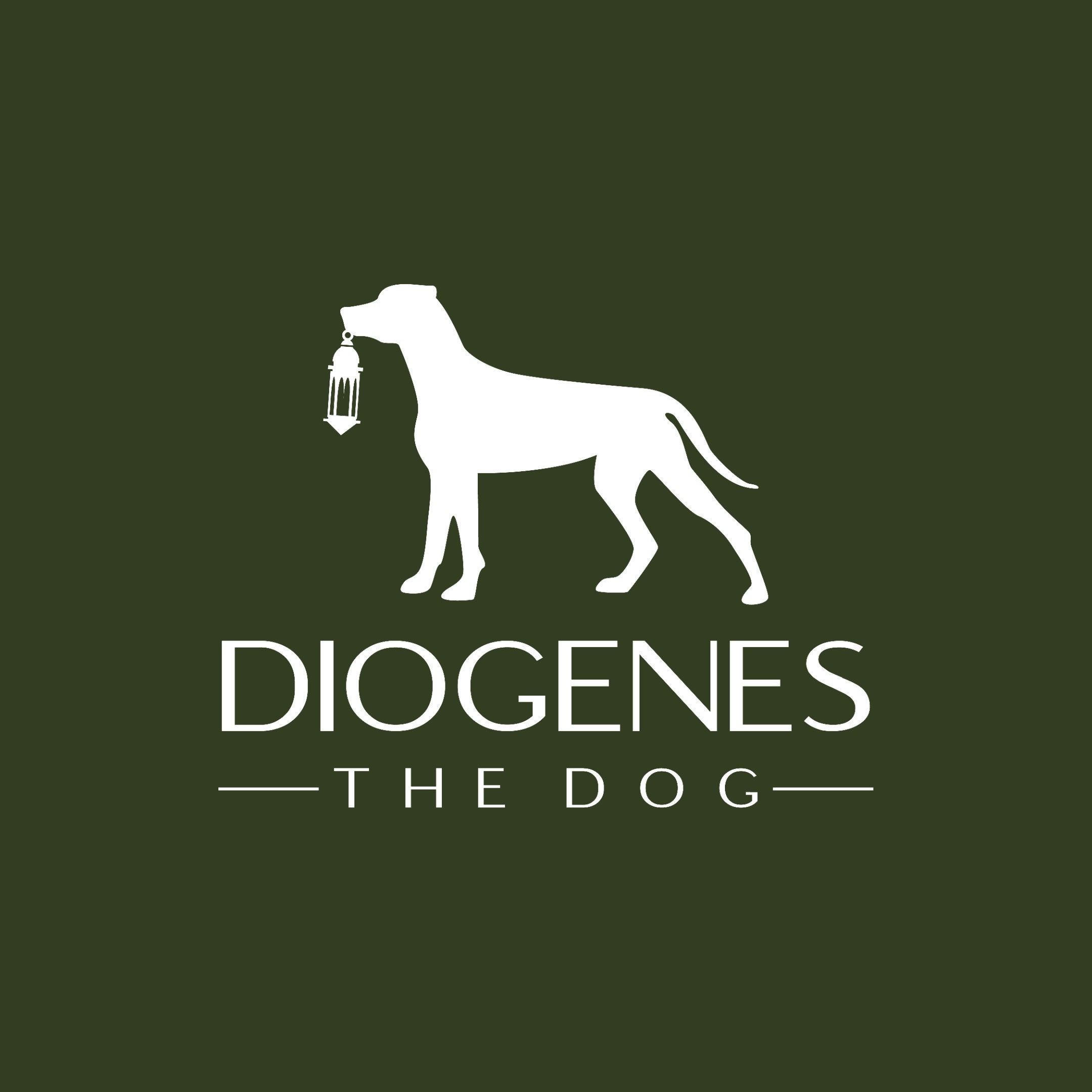
The FCI accepted a new breed standard in 1966, and the breed’s official name became Norrbottenspets (pronounced Nor – Boat – Ten – Spetz). In 1967, the breed was healthy enough in numbers to be reinstated by Swedish kennel clubs (it’s now thought that there are about 1,600 dogs in Sweden, and around 1,300 in Finland). For years, they scoured remote villages, and the efforts paid off. Fans of the breed never gave up hope that they would find specimens in forgotten little towns. By 1948, they were thought to be extinct, and the breed stud book was closed by the Swedish Kennel Club. Formal breeding programs, however were never considered, and as foreign hunting breeds became more popular, it’s not surprising that the dogs slowly vanished from view.


Over time, they became commonplace on Finnish homesteads and farms, eventually, the Pohjanpystykorva, as they were called, were taken taken to Sweden by immigrant farmers. For centuries, these dogs were the only valid currency in Finland. This entry was posted in Dog Breeds, Uncategorized and tagged Alexander and Diogenes, Bloodhound, Bulldog, Edwin Landseer. “Alexander and Diogenes” by Edwin Landseer, 1848 It’s said that this famous piece of art influenced Walt Disney in the creation of the 1955 classic, Lady and the Tramp. Two hounds in the background waiting solemnly for their master hold their heads up high as if the neighborhood around them isn’t good enough for them. Alexander was the proud, strutting Bulldog surrounded by sniveling smaller dogs, while Diogenes, portrayed as a mutt living in an barrel, was utterly unimpressed with Alexander’s grandeur and pomposity. Legend says he died of an infected dog bite, and it’s said that the Corinthians erected to his memory a pillar (long disappeared) on which rested a dog carved of Parian marble.Įdwin Landseer’s depiction of the famous meeting between Alexander and Diogenes was given an allegorical twist by portraying the two giants of history as dogs. Diogenes responded by lifting his leg and urinating on them. When a group of wealthy Athenians at a banquet began throwing bones at Diogenes and called him a dog. There wasn’t much Diogenes didn’t made fun of, but he apparently related to dogs and once described himself as a hound of the sort that men praise, but with whom no one will go hunting. Known for a sharp tongue, he routinely insulted famous personages, lectured shoppers in the marketplace, and founded the school of cynicism (in fact, the word c ynic is related to the Greek word for dog, though it’s unclear if cynicism is named for Diogenes’s affinity for canines, or for his teacher’s school which was called “The Temple of The White Dog”).

As the story goes, when Alexander the Great visited the Greek philosopher, Diogenes at the wine barrel in which he lives, and offered to fulfill a wish for him, Diogenes simply replied “Stand out of my light” (Read: Dude, you’re blocking my sun).ĭiogenes was a piece of work.


 0 kommentar(er)
0 kommentar(er)
